While some shutter their servers when player bases bottom out, the total number of MMOs actually continues to grow as players freely hop and skip between competing massively multiplayer franchises.
Last year we took a look at no less than 11 different MMOs expected to drop in 2016 (although some of those are now clearly going to be delayed), all of which players are looking forward to dabbling in and perhaps even switching to entirely after dropping their existing MMORPG fix.
Stagnation And Fleeing Players
Looking at the comments across our articles here and especially in the forums of any given massively multiplayer game, its clear we’ve hit a rut in the genre. People are tired of the World Of Warcraft formula, but they also don’t necessarily want to see existing games radically changed, either.
If you want to see an MMO that’s had its membership plummet and review scores sharply drop, just look for any of them that significantly changed up the class structure after years of play. Sadly, even F2P games aren’t immune to the stagnation within the scene, with many games are dropping subscription fees entirely to save themselves but still seeing their number of players freefall anyway.
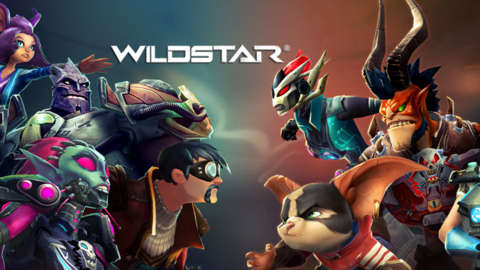 Subscription fee? What subscription fee?
Subscription fee? What subscription fee?
While the traditional big names struggle to keep players, other games closely connected to the massively multiplayer scene muddy the waters and pull gamers away. For instance, is a MOBA also an MMO? They essentially serve the same purpose, but require less of a time sink and offer more exhilarating play in smaller, more manageable chunks.
Then there’s the precursors to the graphical juggernauts of the 2000’s and onward – text mased MUDs (Multi User Dimensions), some of which are still very much worth playing today.
Obviously in the graphics-obsessed era of Xbox One vs. PS4, these games are sadly never going to reach the player bases of any graphical MMO, from the lesser played titles like Lord Of The Rings Online all the way up to king of the hill, World Of Warcraft, no matter how excellent the writing or engaging the gameplay.
How Can The Genre Lure Back Fickle Players?
Its always possible that the upcoming Warcraft movie will boost sales of the Legion expansion and re-invigorate the player base, but at best its unlikely to be more than a band aid as the game hemorrhages players with each new iteration.
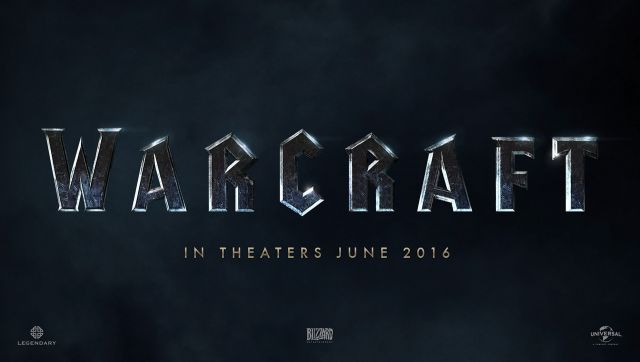 The MMO franchise’s savior, or just a temporary boost?
The MMO franchise’s savior, or just a temporary boost?
Like it or not, a serious change to the base formula is needed if any of the slew of upcoming MMOs want to succeed. Some of the most interesting changes already in the works actually aren’t coming from the huge name publishers, but rather from indie developers making use of their best resource – the player base itself – to see new ideas come to fruition.
The crowd funded Chronicles Of Elyria in particular is trying to completely change how we think of some of the core MMO principles.
The addition of permadeath is specifically getting a lot of buzz, both positive and negative, in this upcoming multiplayer fantasy game. Aging is another component that’s been added in, with your character growing old and eventually dying over months of in-game time.
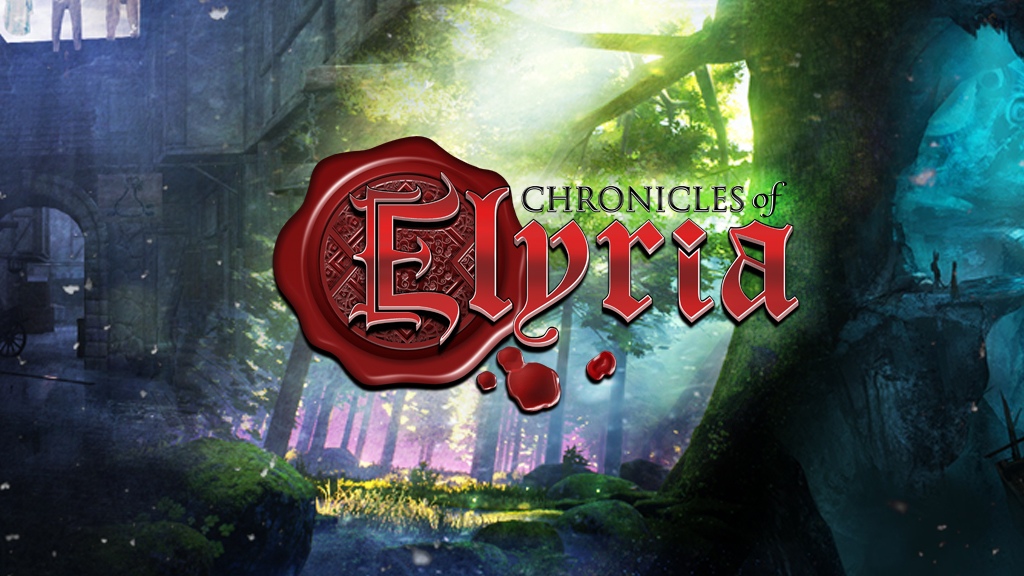 Ambitious changes are promised, but will they be able to deliver?
Ambitious changes are promised, but will they be able to deliver?
As a concession to the basic rules of video gaming (and I suspect to avoid riots from angry players), a permanent soul with continuing attributes will move on between characters as they die, either from old age or violent combat. So while you will have new characters somewhat regularly, there is still some continuity even with the permadeath feature.
The announced reset mechanic in upcoming title Crowfall serves a similar purpose, but is presented in a different way. With this system, the campaign resets after a certain amount of time or a particular “win condition” is met, so the game continues to be interesting over time instead of having one player or group of players always at the top.
It remains to be seen if that will actually work out, or just frustrate the people who have put in tons of hours to dominate the game.
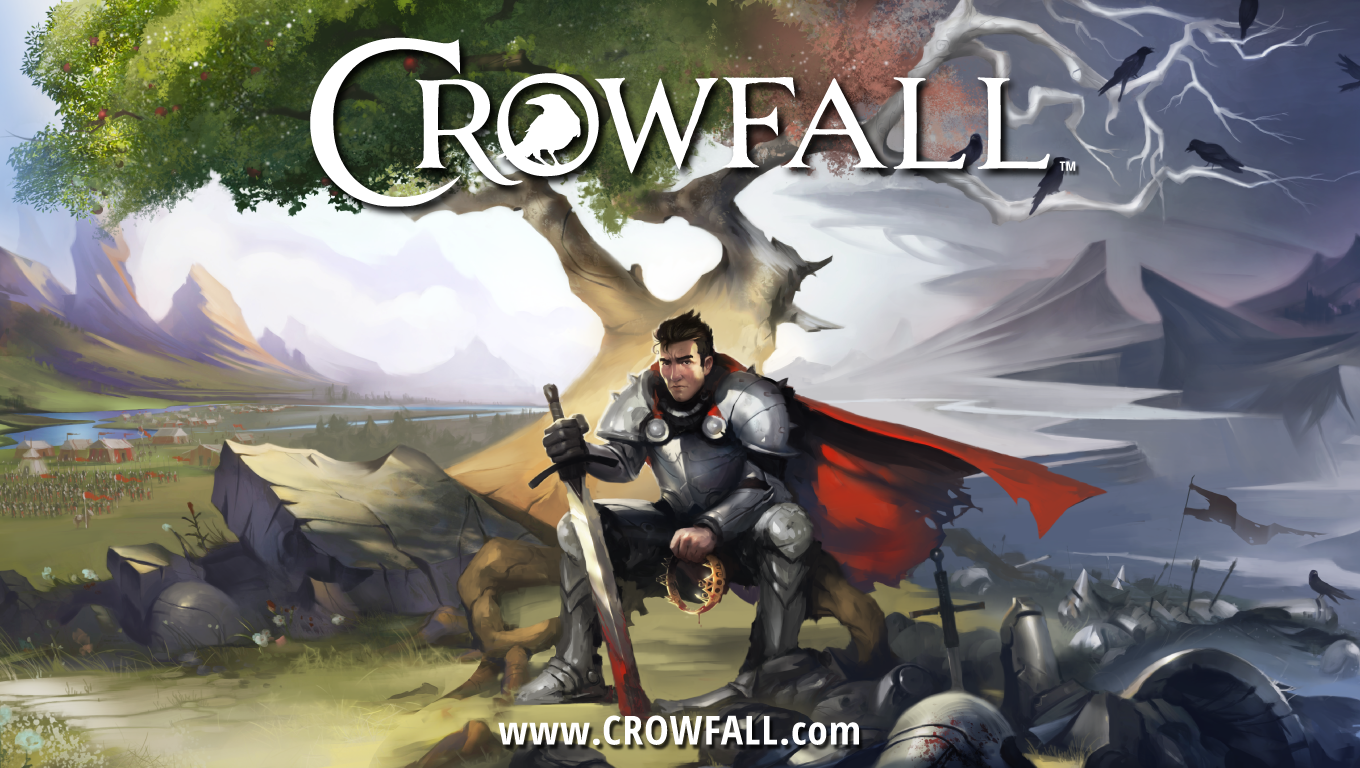 More potential for invigorating changes – or extreme frustration
More potential for invigorating changes – or extreme frustration
Power To The Players
Another major component missing from the MMO formula is the option for actually unique and game-altering user generated content. The lure of a persistent world is that it persists while you interact with it – so why can’t we actually make any meaningful changes?
The sadly dead Pathfinder Online was sold on this premise, but never made it to full release to see the promise fulfilled for players carving out their own petty kingdoms and making alliances or going to war.
For another look at how this oft-overlooked notion can play, there is the F2P and super cutesy Trove, which mixes Minecraft gameplay into a massively multiplayer world.
The problem with user generated content working well is in finding the right balance between reasonable limits and absolute freedom, and its a balance that hasn’t quite been nailed yet.
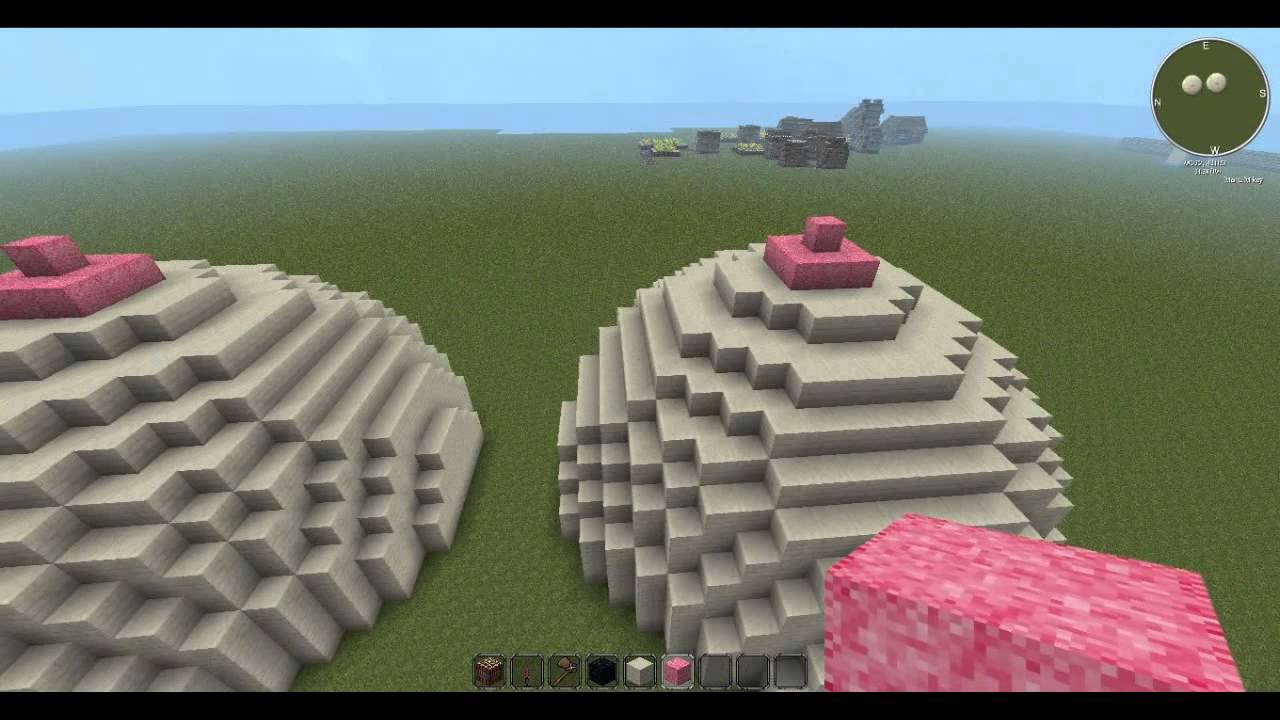 When you give players freedom, this is what they spend their time on.
When you give players freedom, this is what they spend their time on.
With absolute freedom to build new settlements and change the environment, you quickly run into pornographically arranged buildings dotting the landscapes and every city being named using a racial or homophobic slur.
On the other hand, placing restrictions on what players can and can’t create to avoid those issues leaves many feeling like the entire system isn’t particularly worthwhile.
Radically Redefining MMO Expectations
The newly released Starbreak is an MMO in which no really talks to anyone else, but you all work towards beating difficult SNES-style platforming levels.
It’s a concept that hasn’t really be done in the massively multiplayer style before, and fans of classic and difficult gameplay are flocking to it in droves, with up to 100 characters at a time capable of all tackling a level together.
I can’t help but think with a few extra features and a bit more of the RPG elements added in, Starbreak (or something similar to it down the line) could explode and dominate the MMO landscape.
 Old genres can become new MMO phenomena
Old genres can become new MMO phenomena
In another twist, that particular game totally culls out scamming, spamming, and many other annoying aspects of trading in MMOs by having absolutely no ability to sell your equipment and no trading between players. Not everyone will dig that and it probably wouldn’t work for a fully fleshed out fantasy world with in-game economies, but frankly it solves a ton of problems by avoiding them altogether.
Starbreak certainly isn’t the only direction an MMO could go to pique the interest of jaded players though. The upcoming Warhammer 40,000 based title Eternal Crusade features missions that are squad-based and primarily PvP-focused, shifting away from the standard solo or group PvE mechanic.
Tree Of Savior on the other hand (which is sadly not accepting new players at the moment until some major bugs are fixed) doesn’t particularly change the formula, but it does present it in a completely different visual style, bringing to mind the chibi watercolor flair of PS1 RPGs.
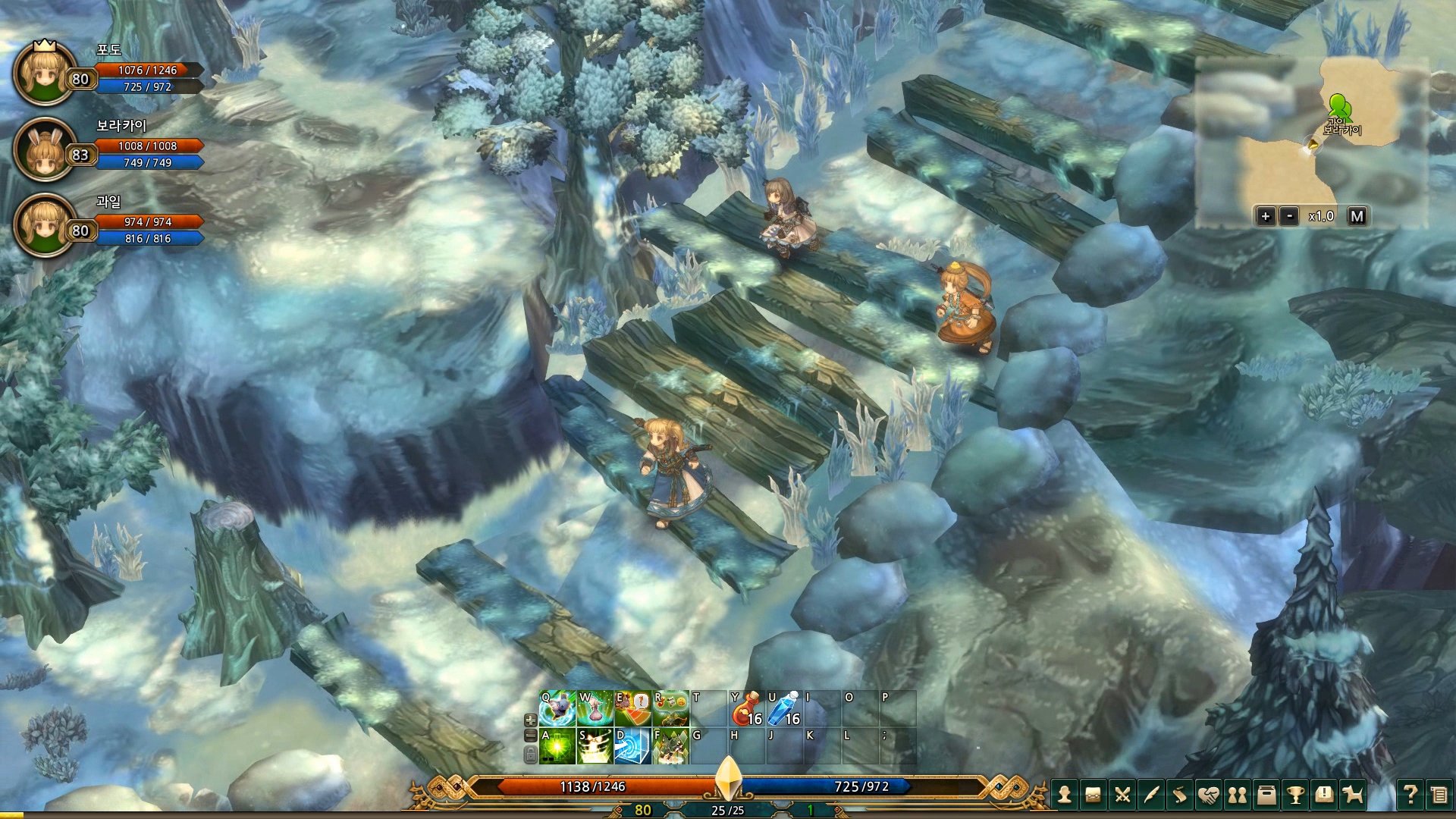 Sometimes a reskin is exactly what’s called for
Sometimes a reskin is exactly what’s called for
What We Want To See
While some of the upcoming MMO entries are slated to make tweaks to the standard recipe, there are still more changes that would be welcome, as well as elements of existing games that aren’t being utilized enough.
Even with these absolutely massive worlds, there always comes a time where your max level character has explored it all and there’s no challenge in the earlier locations. Post-game content only goes so far, and players end up bored after grinding for the best equipment or mastering the crafting systems, and something has to shake up that element of the genre.
To keep players logging in we need more than daily grind quests: we need a legitimate reason to keep returning to old areas after hitting the level cap.
Whatever that reason might be, from dynamically assigned quests to areas that change over time with updates to something else that hasn’t even been dreamed up yet, it also has to be available for solo players whose friends have moved on to other games (as the utterly dead state of world vs. world in Guild Wars 2 can attest).
Even before the dreaded level cap arrives, more MMOs need to focus on making quests and endless battles seem unique and remain interesting no matter where you go.
Although the previously mentioned Guild Wars 2 isn’t doing great on the WvW front, that game still does a phenomenal job with interesting PvE. All the dynamic events going on and the various renown quests you can complete even if you are higher level than the current area pull you into the game world, and its a style that should be implemented in other titles.
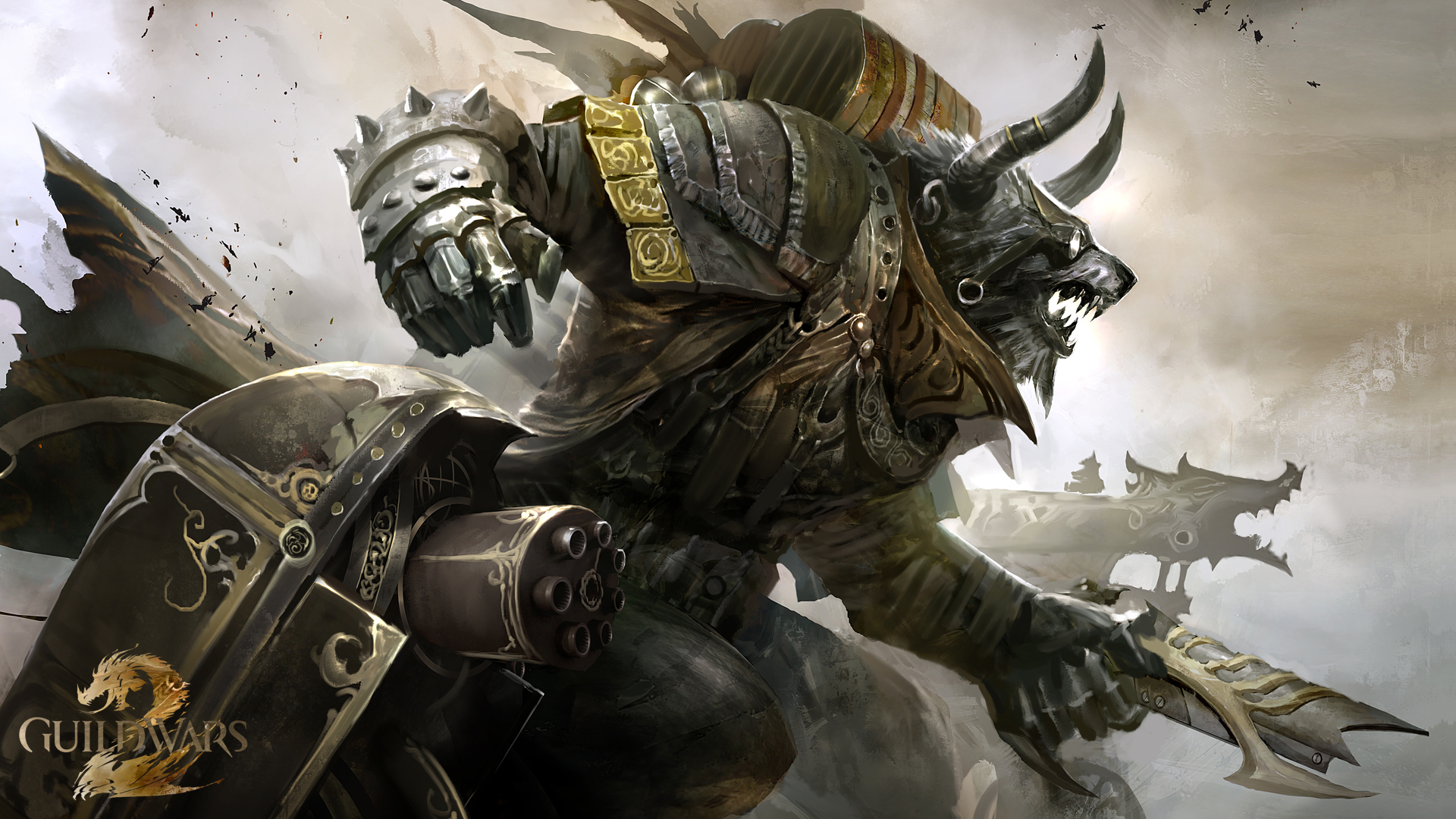 GW2 gets a lot right, but a few things wrong
GW2 gets a lot right, but a few things wrong
Besides varying the grind to keep it interesting (or better yet, entirely ditching the grind altogether), upcoming MMOs would do well to take cues from other other multiplayer genres that absolutely addict players, from the trap-laying, crystal defending Dungeon Defenders to the fast-paced MOBAs like Heroes Of The Storm.
Despite lacking gigantic worlds to explore, these games manage to keep players hooked over long stretches, and there are plenty of fantasy or sci-fi MMOs that could cull some of those ideas and work them into the core gameplay.
How Can This All Even Happen?
If we want a perfect MMO that immediately hooks a player base and doesn’t ever lose their interest, the fact of the matter is that we can’t rely on the big-name studios any longer. Nobody is going to put in the money to create a serious WoW-killer with how risky the MMO business is at this point.
So what does that leave? Some serious crowd funding action that will need to be spread far and wide. AAA massively multiplayer games are massively expensive to create and typically take 5 – 6 years to reach a fully playable status. Throw in the fact that they arrive lacking the depth and breadth of content found in existing MMOs, and any developer faces a seriously uphill battle with a new game.
While clearly new MMOs need to take chances by trying different mechanics, rather than continuing the same pattern, most publishers aren’t going to invest in something without a proven track record with so high a risk of failure.
That’s where the community comes in with crowd funding – although even that can be a gamble, just due to the huge amounts required. Even a truly high Kickstarter goal of $1 million wouldn’t cover the full development cycle of a major MMO. Outside investors would still be required, unless developers can come up with new ways to scale back production while somehow still offering an engaging and unique experience.
Of course, as anyone who backed Star Citizen will tell you, there’s also a risk there on the other end with having too much capital and nobody to put a definitive timetable into effect. Despite being the highest crowd funded game of all time, the perennially delayed Star Citizen still has no clear release date anywhere on the horizon.
 This had better not flop when it releases in 2082!
This had better not flop when it releases in 2082!
Creating an MMO based on a popular franchise could definitely help bring in interest (the love for the Warcraft RTS games is absolutely a huge part of why WoW took off), but that’s still no guarantee of success, as MMOs based on Final Fantasy, Lord of the Rings, Star Trek, Star Wars, and more have all failed to dethrone Blizzard’s dominance.
For this once-beloved genre to flourish again, we need a massively devoted developer absolutely in love with the style that is willing to take massive risks, knows what classic elements of the formula to keep in place, and is able to secure funding for a truly polished title.
It’s a tall order, no doubt, but with the right programmers and a devoted fanbase willing to make it happen, I’m confident something truly innovative is on the horizon.
Sound off below – what would your perfect MMORPG look like, and how do you think the genre needs to change?







Published: Jun 9, 2016 02:09 pm